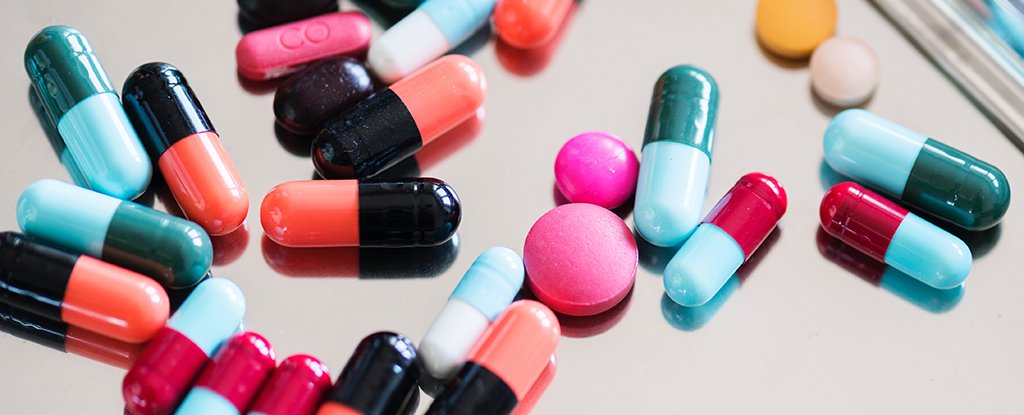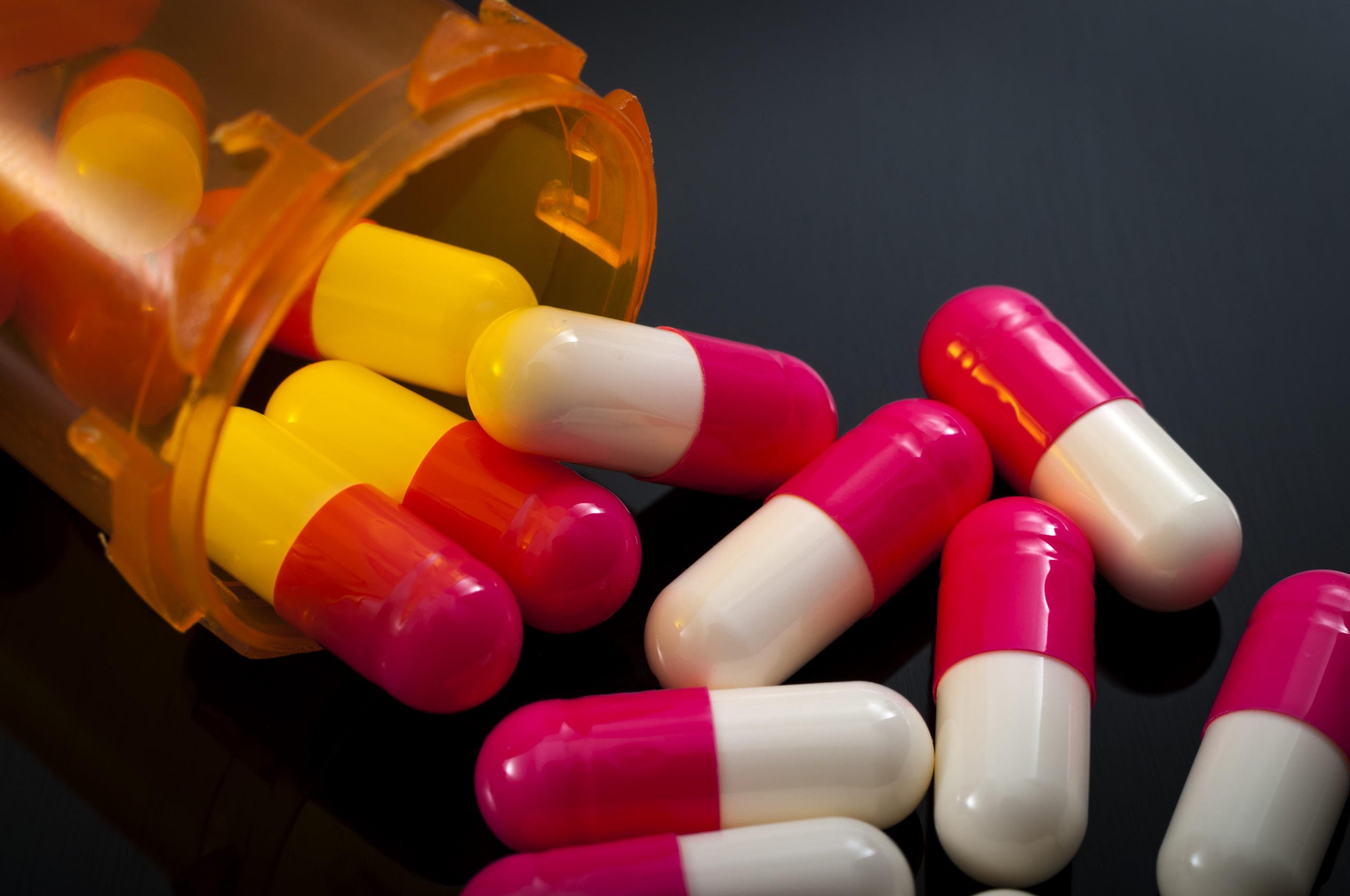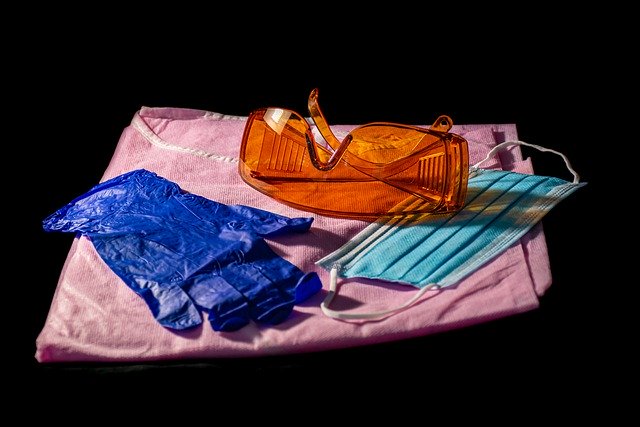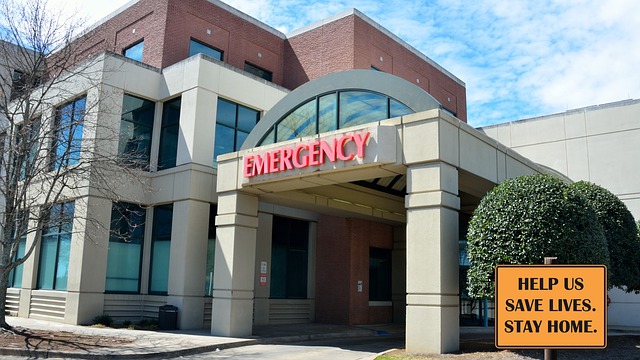
FDA Drug Approval Process: What Takes Place?
Have you ever wondered why it takes so long for new medications to reach the mass market? And What’s the best medical spa marketing idea that you can follow in order to promote your medical spa. Here are the answers to all your questions.
The process to gain FDA drug approval has stringent criteria that all medications must meet before the product can be provided to the public at large.

There are four phases of human studies necessary for FDA drug approval for clinical use. The first phase or Phase 1- lasts an average of 1 year. At this point in the study 20-100, normal and healthy volunteers (who are free of problems that may contaminate the interpretation of data or alter the sensitivity of the drug) are studied. At this point in the process it is allowable to include those people with the problem that the drug is targeted to treat. This phase does not allow for the inclusion of some populations including children, women with childbearing potential, and seriously ill patients. Trials of the medication during this phase must be conducted on an in-patient basis. Researchers will be assessing any safety concerns with the medication in addition to determining appropriate dosages. Of those medications introduced 30% fail to make it to the next phase of review.
The next phase lasts approximately 2 years with 100 to 300 volunteers participating. Patients are evaluated for drug effectiveness and side effects. Participants should be free of serious disease (especially the liver, kidney, blood, or heart disease) and should not be receiving other treatment protocols. Women of childbearing age may be included in this phase if data regarding safety has been amassed and the FDA Animal reproduction guidelines have been completed. These participants must be actively guarding against pregnancy must be in place prior to starting the study. About 33% of drugs studied move on to Phase III.
Phase 3 of the process lasts 1 to 4 years with a study group of 1,000 – 3,000 volunteers. The objective of this phase is to verify the effectiveness and monitor adverse reactions from long term use. Patients in Phase II and III may be included if they concomitant diseases and therapy as they represent segments of the population who would receive the drug upon approval. Phase II and III are often combined to shorten the approval process on new medications. 25 % of these drugs move on the final approval or Phase IV. There is a 24 month New Drug Application process through the FDA before moving from Phase III to IV.

The fourth and final phase is the post-marketing phase. These are studies that take place after the drug’s final approval. The focus is on further evaluation of the drug’s safety and efficacy for various populations and broader use conditions aside from the original intended use.
Once these phases are complete the decision is made whether the drug is approved or not. Should the drug fail to be approved there is an appeal process available. Drugs are free to be marketed and distributed upon receipt of approval.




















